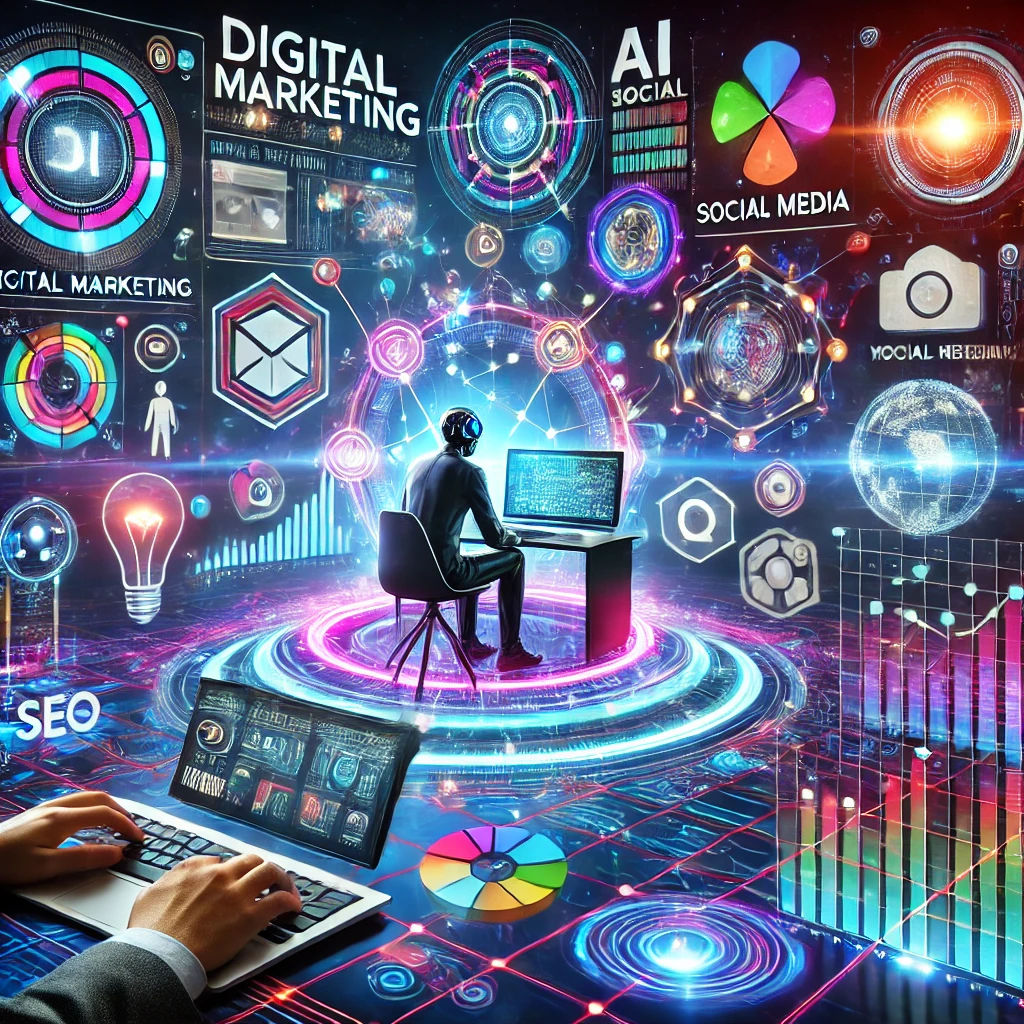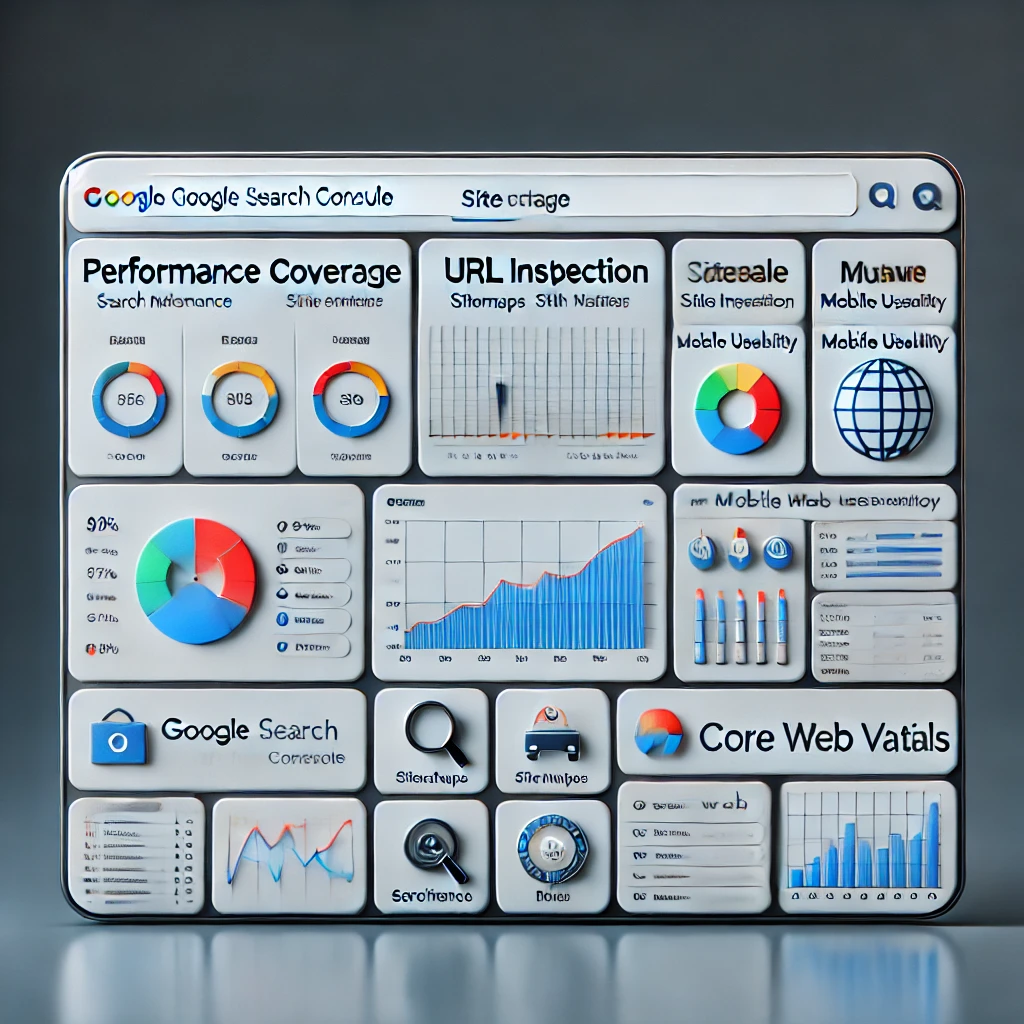Closing 2024 on a High Note: Digital Marketing Strategies That Worked Wonders
As 2024 comes to a close, the digital marketing landscape continues to evolve, driven by new technologies, consumer behavior shifts, and innovative strategies. This year, businesses that adapted to these changes reaped significant rewards, achieving higher engagement, increased ROI, and brand loyalty. Let’s delve into the standout strategies that delivered exceptional results in 2024.
1. Hyper-Personalized Marketing
In 2024, hyper-personalization became a cornerstone of digital marketing success. With advancements in AI and machine learning, brands used data-driven insights to create highly targeted campaigns. This year, personalization extended beyond addressing customers by name; it involved:
- Dynamic Content: Brands tailored emails, web pages, and ads to individual preferences and behaviors.
- Predictive Analysis: AI tools predicted customer needs and offered solutions proactively.
- Interactive Experiences: Personalized quizzes, chatbots, and AR features engaged users and provided custom recommendations.
Case Study: E-commerce Giant “ShopSphere” saw a 35% increase in conversions by using AI to recommend products based on browsing history and past purchases.
2. Short-Form Video Dominance
Short-form video content, led by platforms like TikTok, Instagram Reels, and YouTube Shorts, continued to dominate in 2024. These bite-sized, engaging formats allowed brands to connect with younger audiences and boost brand recall. Key tactics included:
- Behind-the-Scenes Content: Providing a humanized view of brands.
- Trendy Challenges: Leveraging viral trends to increase visibility.
- Educational Snippets: Offering quick tips and insights relevant to the audience.
Example: A skincare brand’s “30-second routine” videos amassed millions of views and led to a 20% uptick in sales.
3. Voice and Visual Search Optimization
Voice and visual search capabilities gained traction in 2024, prompting marketers to optimize for these technologies. Consumers used voice assistants and visual search tools for convenience, and brands that adapted gained a competitive edge. Key strategies included:
- Conversational SEO: Targeting natural, spoken-language queries.
- Image Optimization: Using high-quality visuals with descriptive metadata.
- Structured Data Markup: Enhancing search engine understanding of content.
Result: Brands that optimized for visual and voice search saw a 28% increase in organic traffic compared to those who didn’t.
4. Influencer Marketing Evolution
Influencer marketing matured in 2024, moving from macro-influencers to micro and nano-influencers. These smaller creators offered higher engagement rates and more authentic connections with niche audiences. Successful campaigns involved:
- Collaborative Content Creation: Co-developing products or services with influencers.
- Performance-Based Partnerships: Paying influencers based on results rather than upfront fees.
- Diverse Platforms: Expanding to emerging platforms like BeReal and Twitch.
Insight: A fashion retailer partnered with 50 micro-influencers and achieved a 40% increase in ROI compared to traditional advertising.
5. Sustainability and Purpose-Driven Marketing
2024 saw consumers gravitate toward brands that demonstrated environmental responsibility and social impact. Purpose-driven campaigns not only resonated with audiences but also built long-term loyalty. Key approaches included:
- Sustainable Practices: Highlighting eco-friendly initiatives.
- Cause Marketing: Partnering with non-profits to support social issues.
- Transparent Storytelling: Sharing authentic stories about brand values.
Example: A beverage company’s campaign to eliminate plastic packaging led to a 25% growth in customer retention.
6. AI-Powered Content Creation
AI tools like ChatGPT and MidJourney transformed content creation in 2024. Brands leveraged these technologies to streamline workflows and produce high-quality content at scale. Top applications included:
- Automated Copywriting: Generating ad copy, blog posts, and social media captions.
- Visual Content Creation: Designing graphics and animations with AI.
- Data-Driven Insights: Using AI to predict trends and craft relevant content.
Result: Companies that adopted AI for content saw a 50% reduction in production time and a 20% increase in engagement.
7. The Rise of Web3 and Decentralized Marketing
Web3 technologies, including blockchain, NFTs, and decentralized platforms, created new opportunities for marketers in 2024. These technologies enhanced transparency, ownership, and customer engagement. Successful strategies included:
- NFT Campaigns: Offering exclusive digital collectibles to loyal customers.
- Blockchain Loyalty Programs: Rewarding users with cryptocurrency or tokens.
- Decentralized Communities: Building strong, engaged communities on Web3 platforms.
Example: A sportswear brand’s NFT collection unlocked VIP event access, driving a 15% increase in customer acquisition.
8. Interactive and Immersive Experiences
Immersive technologies like augmented reality (AR) and virtual reality (VR) became mainstream in 2024. Brands created interactive experiences to engage audiences and enhance product visualization. Key tactics included:
- AR Shopping Tools: Allowing users to try products virtually.
- Virtual Events: Hosting VR-based conferences and product launches.
- Gamification: Engaging users through interactive games tied to brand promotions.
Example: A furniture retailer’s AR app enabled customers to visualize products in their homes, leading to a 30% rise in sales.
9. Omnichannel Marketing Integration
In 2024, brands that seamlessly integrated multiple marketing channels achieved the best results. Omnichannel marketing ensured a consistent and cohesive customer journey. Effective strategies included:
- Unified Messaging: Delivering consistent branding across email, social media, and ads.
- Cross-Channel Promotions: Encouraging users to engage across platforms.
- Data Synchronization: Using CRM tools to track and analyze customer interactions.
Result: Businesses with robust omnichannel strategies reported a 23% higher customer satisfaction rate.
10. Data Privacy and Ethical Marketing
With stricter data privacy regulations in 2024, brands prioritized ethical marketing practices. Transparency and trust became essential for maintaining customer relationships. Key efforts included:
- First-Party Data Collection: Relying on direct customer interactions.
- Transparent Policies: Clearly communicating data usage practices.
- Consent-Driven Marketing: Gaining explicit permissions for communications.
Insight: Brands that emphasized privacy saw a 15% increase in customer trust and loyalty.
Conclusion
2024 was a landmark year for digital marketing, marked by innovation, creativity, and customer-centric strategies. As we step into 2025, businesses should focus on building on these successes, staying agile in the face of change, and leveraging emerging technologies to maintain their competitive edge. By prioritizing personalization, sustainability, and ethical practices, marketers can continue to deliver exceptional results in the ever-evolving digital landscape.












